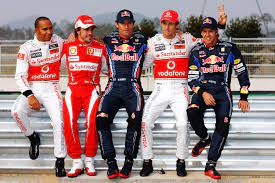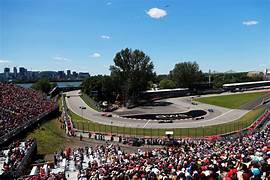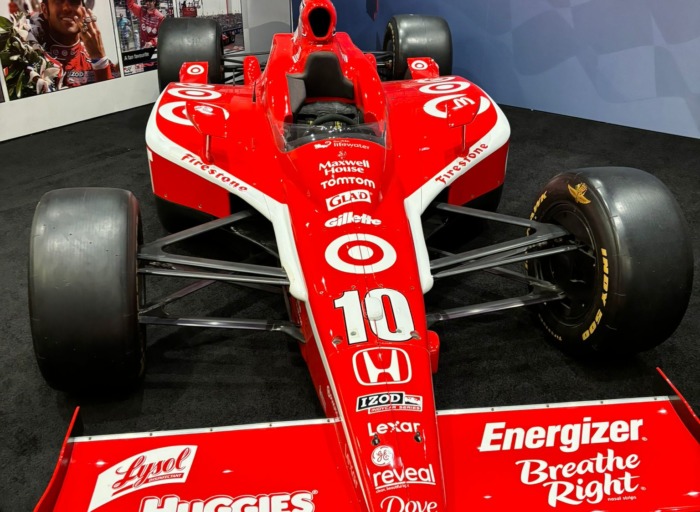With the Andretti name a leading candidate to be added to the F1 grid, it wouldn’t be the
first time a World Champion driver’s name has made it onto the Constructors’
Championship entry list.
Although the potential Andretti entry is very much driven by Michael Andretti, the entire
entry’s legacy and motor racing history would stem from his F1 championship-winning
father of 1978: Mario Andretti.
Mario is likely to play a key role as a spokesman for the team, but how much success can
simply having a championship-winning name bring to the sport?
We take a look at the previous Formula One teams with championship-winning names
over the door, and explore their history.
Alain Prost – Prost Grand Prix – 1997-2001
Four-time World Champion Alain Prost completed the purchase of the Ligier team just
weeks before the start of the 1997 season, a year which turned out to be by far the team’s
most successful.
Effectively running a rebadged Ligier car, Olivier Panis took two podiums in a competitive
season before a double leg break hampered their chances of finishing higher than P6 in
the Constructors’ Championship.
As part of a wider ambition to become the ‘all France’ team, Prost GP switched from
Mugen-Honda engines to Peugeot, which was only partly responsible for their decline, and
the team was unable to develop a fundamentally quick car.
Except for a surprise podium finish at the 1999 European GP, results declined and a
switch to Ferrari power for 2001 couldn’t kickstart a revival. The team folded at the end of
that season, and Prost has frequently spoken of his regret at purchasing the team.
Sir Jackie Stewart – Stewart Grand Prix – 1997-1999
Over 25 years after retiring from F1 racing, three-time champion Jackie Stewart co-
founded an F1 team along with his son Paul, who evolved his F3000 team (Paul Stewart
Racing) with backing from Ford.
Results were hard to come by in their first two seasons, with a shock podium at the 1997
Monaco GP being their only major highlight from the first two seasons.
However, a much more competitive car for 1999 made them frequent ‘upper midfield’
contenders, with star driver Rubens Barrichello securing their only Pole Position (1999
French GP) along with two podiums in the first half of the year.
The improved third season encouraged Ford to buy out the team for 2000 and, with that
deal in the bag, there was to be one final cherry on the top.
The aforementioned chaotic European GP of 1999 brought the team their first victory in
the hands of Johnny Herbert, with Barrichello finishing third, a matter of weeks before their
final Grand Prix.
Ford’s entry under the Jaguar Racing name existed from 2000-2004, before being bought
out by Red Bull Racing.
Emerson Fittipaldi – Fittipaldi Automotive – 1975-1982
Double World Champion Emerson Fittipaldi made the bold decision to set up a Formula 1
team with his older brother Wilson, himself a racing driver, in their native Brazil with the
help of Brazilian backers, led by Copersucar.
Wilson mostly drove for the uncompetitive, Ford-powered, one-car team in their first
season, with Emerson making a shock decision to join from McLaren for ’76.
Still mostly running one car until 1980, Emerson scored points and a podium finish for his
team, but he wouldn’t win another F1 race.
The team acquired much of the failed Wolf team, including the services of legendary
designer Harvey Postlethwaite, a recently-graduated Adrian Newey, and upcoming driver
Keke Rosberg.
Rosberg and Fittipaldi each achieved a podium in 1980, but Fittipaldi retired at the end of
the season, and Rosberg had moved on after a torrid ’81 (and won the Drivers’
Championship in ’82 with Williams).
Fittipaldi Automotive closed after scoring only one point in its final season in 1982.
Graham Hill – Embassy Racing with Graham Hill – 1973-1975
The least successful team in this list, Graham Hill’s ‘Embassy Hill’ squad initially existed on
cars purchased from the Shadow and Lola teams, scoring only one point in their first two
seasons.
Their first chassis was the GH01, which was also heavily inspired by Lola, and brought
them three points in 1975, including a first points finish for future World Champion Alan
Jones, who took their best result of P5 at the German GP.
The team were aiming to build on this improvement for 1976, but the tragic plane crash
which took the life of Graham Hill also claimed the lives of five other members of the
Embassy Hill team, including driver Tony Brise.
With several of the team’s key players killed in the crash, Embassy Hill closed soon
afterwards.
John Surtees – Surtees Racing Organisation – 1970-1978
The 1964 World Champion set up his own team for the 1970 season, initially using a
McLaren chassis before embarking on their own constructions in their first season.
Steady progress saw the team rise to P5 in the Constructors’ Championship for the 1972
season, beating the likes of BRM, Matra and Brabham. Mike Hailwood scored their best
result of a second place at that season’s Italian GP.
Although one further podium was achieved by Carlos Pace in 1973, the Surtees team
underwent a few stages of underfunding, which led to a slow results decline before their
closure in 1978.
Jack Brabham – Brabham (Motor Racing Developments Ltd.) – 1962-1992
By far and away the most successful team on this list, Brabham (then ‘only’ a two-time F1
champion) and engineer Ron Tauranac set up the Brabham team to compete from 1962,
after a couple of years of focusing on lower formulae cars.
They were a winning outfit by 1964, with Dan Gurney taking the team’s first victories in
France and Mexico.
Brabham himself drove for his own team from it’s inaugural season, right up to his
retirement year of 1970, remarkably taking the 1966 Drivers’ Championship. In doing so,
he became the only driver to win an F1 title in their own car. Brabham were Constructors’
champion for ’66 and ’67.
In the ‘Bernie Ecclestone era’ from 1972-1987, wins continued (including in the legendary
‘fan car’ of 1978), but the same championship highs were not hit again until Nelson Piquet
took two of his three titles in Brabham cars (1981 & 1983).
The team’s final win came at the hands of Piquet in France ’85, before the team’s gradual
decline. Ownership controversies hit the team before it pulled out of the sport partway
through a woeful 1992 season.




